SummaryAirport Rating N/A Reception of locals *** Cost: £
The Sikh Soup KitchenI recently climbed Snowdon to raise money for the Sikh Soup Kitchen with some friends I grew up with in memory of a friend of ours who recently passed away. We all used to go to the local Gurdwara together when we were younger, playing football at the first opportunity we would get in a room at the back. It was the perfect size for a bunch of 10 year olds to kick a ball (and always get thrown out by elders when we'd accidentally smash a light fitting, which happened way too often). There used to be a strong 20 of us, but as we grew up some of us began to drift. And although I go back to visit the Midlands regularly, moving to London made it hard to stay in touch. It took a tragedy to bring many of us back together. The Sikh Soup Kitchen is a community based project which aims to distribute food to the poor and most vulnerable in the Midlands. You can find them most often on Soho Road, in Handsworth, where they have provided a particularly important service during Covid-19. We thought it would be a good way to honour his memory, doing it for a project that reflects his values of honesty and altruism. The Sikh Soup Kitchen organised a sponsored climb to Snowdon to raise money to fund their project, and a good 40-50 people answered their call. There's a few Sikh projects in the Midlands that have done this initiative and I encourage you to support any if you have the means to do so. I'll leave a link to some of the them at the bottom of the page. You can find out more about the Sikh Soup Kitchen here, and a link to their instagram page here. Crossing the borderWe started off at Baba Deep Singh Gurdwara in Handsworth, a panthic Gurdwara that doesn't shy away from tough conversations like the Sikh Genocide. The Midlands is home to one of the largest Sikh populations outside of India, and for many years, Handsworth has been the heartbeat of the community, hosting a Nagar Kirtan traditionally seen as the largest outside of Panjab. If you've read my blogs, you'll know about my climb to Machu Picchu. You might also remember how my unbelievably naive choice of footwear (pumps) for the three day climb led to a few slips and falls. This mountain is a quarter of the size of the one one I climbed in Peru, but I made sure my footwear and broader clothing was a lot more sensible. We left the Gurdwara at 6:30am on a coach for the three hour trip across the border into Wales and then toward the coast of Snowdon. Pure Vegi, one of Soho Road's best food places supplied us with food for the day. The journey was nice as it gave some of us who hadn't seen each other for years to finally catch up and see where we are in life. As you get deeper in Wales, the main roads get narrower and quieter as you head away from large highways and into mountain paths - sometimes I wondered how a coach would get through! As we got closer to our destination, every mountain looked like Snowdon, and just when we thought we had reached the right mountain, there was an even taller mountain right behind it. LlanberisAt just over 1000 metres, Snowdon is the tallest mountain in Wales, and the second tallest in the UK. It's also the busiest mountain in the UK given its location which is relatively accessible and its more well developed paths. Snowdon is familiar with the feet of Sikhs as Khalsa Aid, the largest UK based Sikh charity, organises regular sponsored climbs to help fund their global projects. It was the first time I had the opportunity to climb but one of the group (my younger brother) has completed the 'Three Peaks' challenge which involves climbing the three highest mountains in England, Scotland and Wales in 24 hours, so I had some idea of what to expect. The weather was phenomenal, clear skies, very little wind and about 21 degrees celsius which was perfect at the bottom, although it was a little too warm as we started moving. We took the Llanberis path, one of the longer but easier paths to get to the top. While there are areas of steepness, the path is more meandering so the elevation doesn't happen so suddenly, and the path is also fairly well developed for the most part. For those that can't walk, there's also a train that goes to the peak. The track dates back to 1896 and the train looks as though it could have been used on the very first trip - vintage might be a polite way to describe it. The roughly 7km Llanberis path broadly follows the route of the train. Before you get to the path proper, you go through a small residential street, and I couldn't help but think how annoying it must be for people in those houses to have a constant line of people streaming through their streets - but I'm sure the local businesses also value their custom. The path gets surprisingly steep, surprisingly quickly - it definitely caught me off guard, but once we got into our stride we made good ground. We split into two groups early on, a quicker one and a slower one, and it was tough going to keep pace with the quicker group but it was a nice challenge. The path was easy to follow and well marked so there wasn't much chance of taking a wrong turn or getting lost - but once the path turned from a smooth tarmac to looser gravel about 10 minutes in, it became a little more important to concentrate and make sure not to twist an ankle. We reached the halfway house in just under an hour, which felt like good time given before hand we were told the climb would take around 3 hours just to get to the top. The halfway house is a small cafe with views over the side of the mountain. As we were walking with our heads down trying to climb up at a decent pace, this stop was the first chance to admire the views, and they were pretty spectacular of the surrounding mountains and the valleys below.. We didn't stop for long, but it was a welcome stop because the next section was by far the most difficult part of the climb. As we left the halfway house behind us and turned a corner about a 5 minute walk away, we came to the steepest part of the climb. It starts with giant steps but then dissolves into a gravel path. It was the first part that required real effort and quite a few people seemed to be struggling with it. It was the first real part where a few of us actually felt out of breath and slowed down slightly. At the top of the path you pass under the railway line and the views over the side of the mountain are incredible. It's a somewhat narrow path up from here, but it was a chance to stop for some fantastic views. It was here where I first noticed large random groups of Sikhs that weren't part of our group - turns out Sikhs love a challenge. In fact, we bumped into a mutual friend from our hometown who was climbing separately, and I met a Sikh colleague I know from my workplace down in London, which was even more surprising. The peakThe final walk towards the peak was relatively easy as the terrain begins to flatten. A cafe is located at the peak, but due to the ongoing pandemic, it was closed. What we didn't expect to see was a queue at the top, but that's exactly what we got. A huge line snaked its way down from the peak a short distance down the hill. We queued up and waited in line as people around us were beginning to get less and less patient with the waiting. We made the climb to the top in 2 hours, but ended up waiting an additional 40 minutes in the queue. Pretty soon after we got there people all around began to push past the queue to the top, and if you're not from the UK, if there's one thing that make Brits angry it's someone not respecting the queue. Those that were left in the queue began policing it and any time someone tried to push they would start booing and shouting, forcing them to return down. It was pretty cold near the peak so booing queue pushers became quite a fun thing to do to keep our mind off the temperature and the fact we were waiting so long. Most people would come back down once the booing started, while others seemed less phased. On several occasions it looked like things might come to blows and a few of us were quite annoyed watching people push past while we waited patiently. But we also knew that we had 'Sikh Soup Kitchen' t-shirts on and therefore had to show restraint - although not everyone in the wider group felt the same way. The peak is just a small plinth and a little anticlimactic, although I'm not entirely sure what I was expecting. It was just big enough for us to take a picture as a group of friends, and we quickly began to make our way down. We did take the opportunity to take one more look around the views stretch for miles. It was a clear day so we could easily make out the Irish Sea in the distance. We saw a large number of lakes and numerous other mountains. It's reported that from the top you can see Ireland, Scotland, Wales, England and the Isle of Man as well as 24 counties and 29 lakes. It's all downhillI always dislike coming downhill - it was on my climb down the mountain in Peru where I ended up injuring my knee, a pain that continues to bother me from time to time. My shoes were infinitely more helpful this time, and other than a couple of small bits of sliding, the grip made a huge difference. It ended up taking slightly longer coming down than it did on the way up, mainly because we stopped to enjoy the views a little more, and spent the time really catching up with the whole group as we did the decline together. The climb up and down took slightly over 4 hours, which we thought was a decent time. Most importantly we had raised money for a good cause, and in memory of someone close to all of our hearts. My brother's climbed Snowdon on a few occasions now, and I'm beginning to see why. It's a nice little challenge, no too taxing but enough to make you feel it the next day. The rewards are pretty nice too - sure we did it for a charity project and in the memory of someone close to us - but the views from the top feel a million miles from the city centre living I've become used to, or the small town vibes that I grew up in. Links to other UK based Sikh charities and projectI promised some links to some UK based Sikh charities and projects at the top of this article so here they are. The list isn't exhaustive, but includes some of the more well known names, most of them are located in the Midlands, with some in London. A recent report cited Sikhs as the most generous of UK religious communities, and a lot of this is down to concepts like the Dasvand where Sikhs are asked to give a tenth of their income. Another couple of reasons are the concepts of sarbat da bhalla and langar. The former refers to the daily reminder of all Sikhs to work for the benefit of all humanity, while the latter is a free community kitchen you can find in all Gurdwaras. The current generation has really taken this concept of Guru Nanak into the wider world, so rather than waiting for people to come into Gurdwaras, Sikhs are now going out on the streets feeding the homeless, vulnerable and most needy in society. It's why so many charities and projects on this list are based on the concept of a community kitchen. If you have the means to support any of them, please do.
Comments are closed.
|
AuthorBritish Sikh, born in the Midlands, based in London, travelling the world seeing new cultures. Categories
All
|
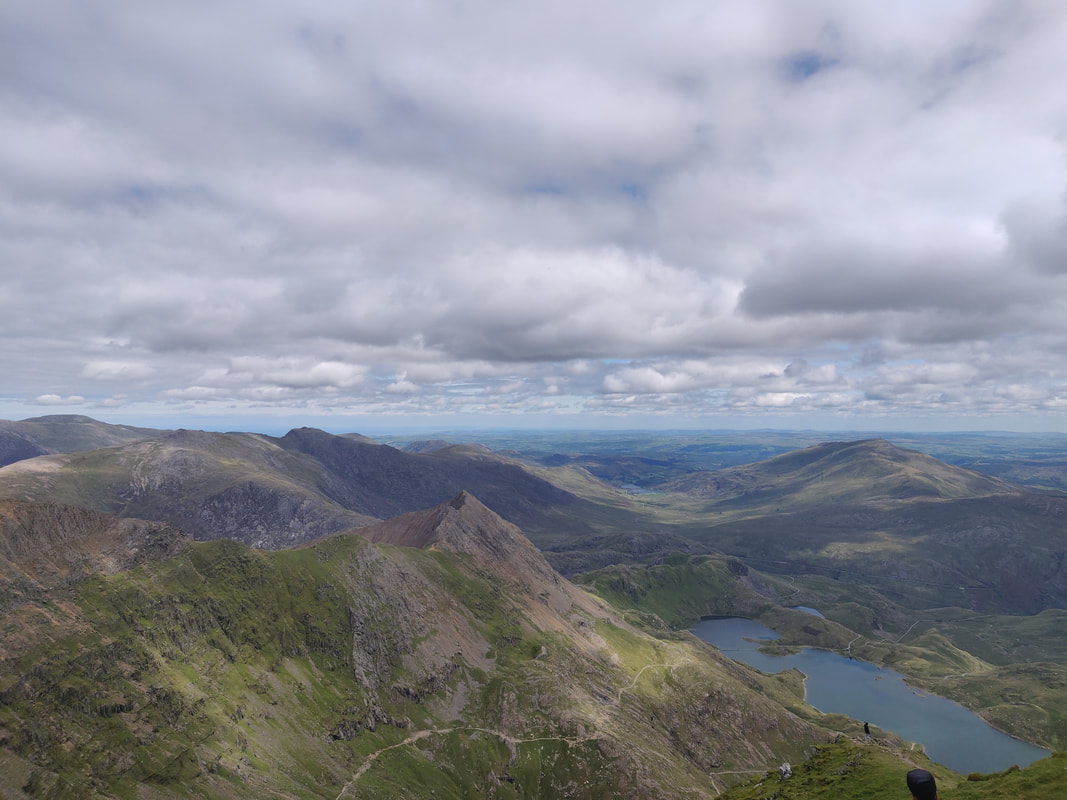

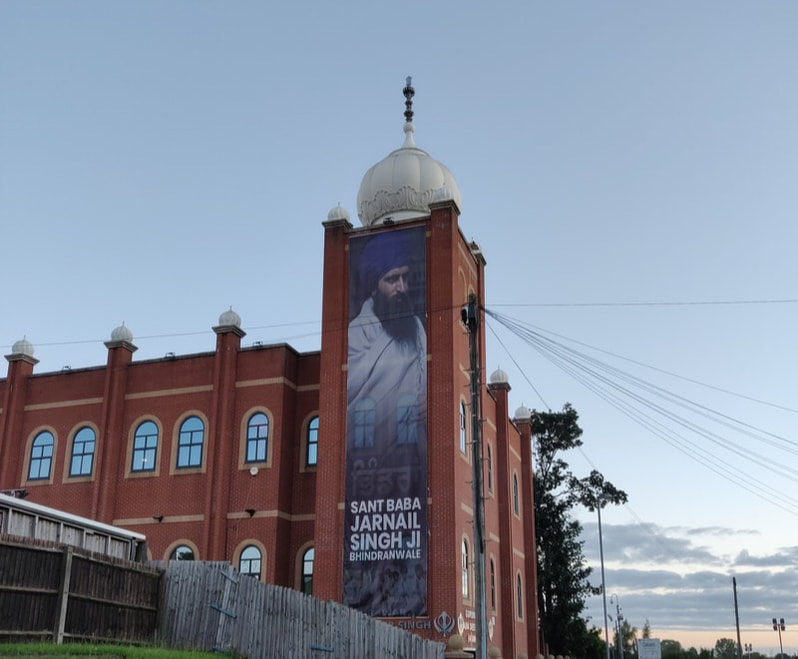
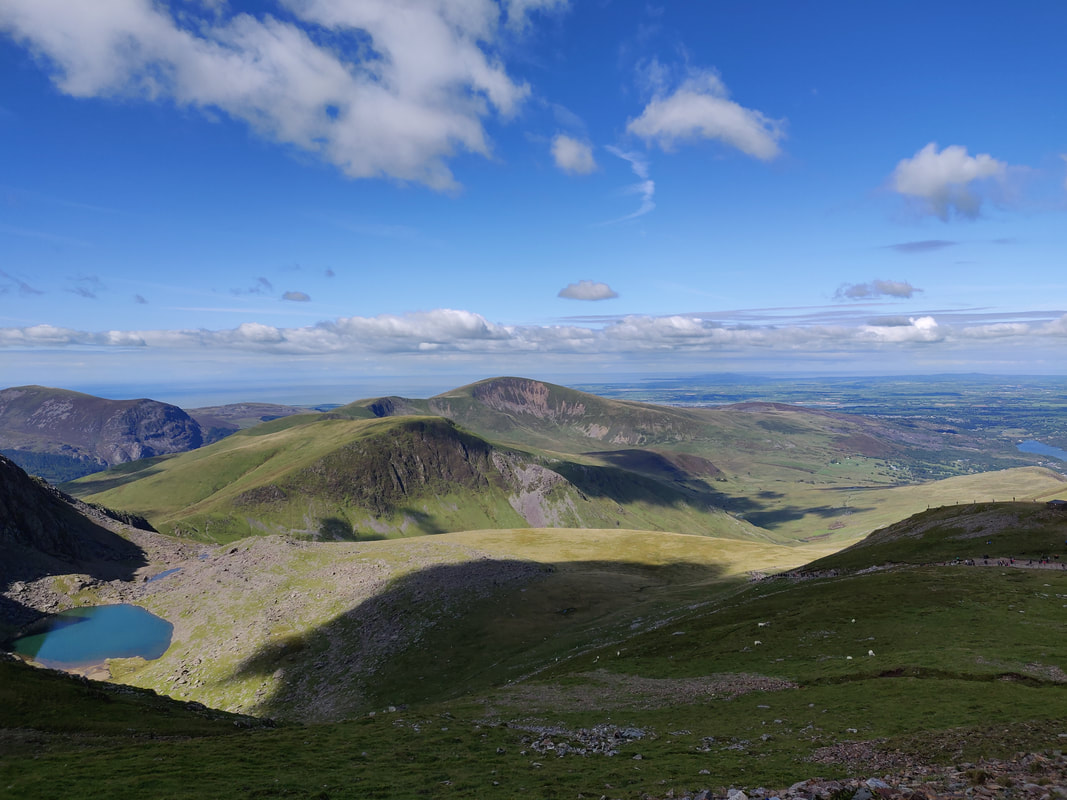
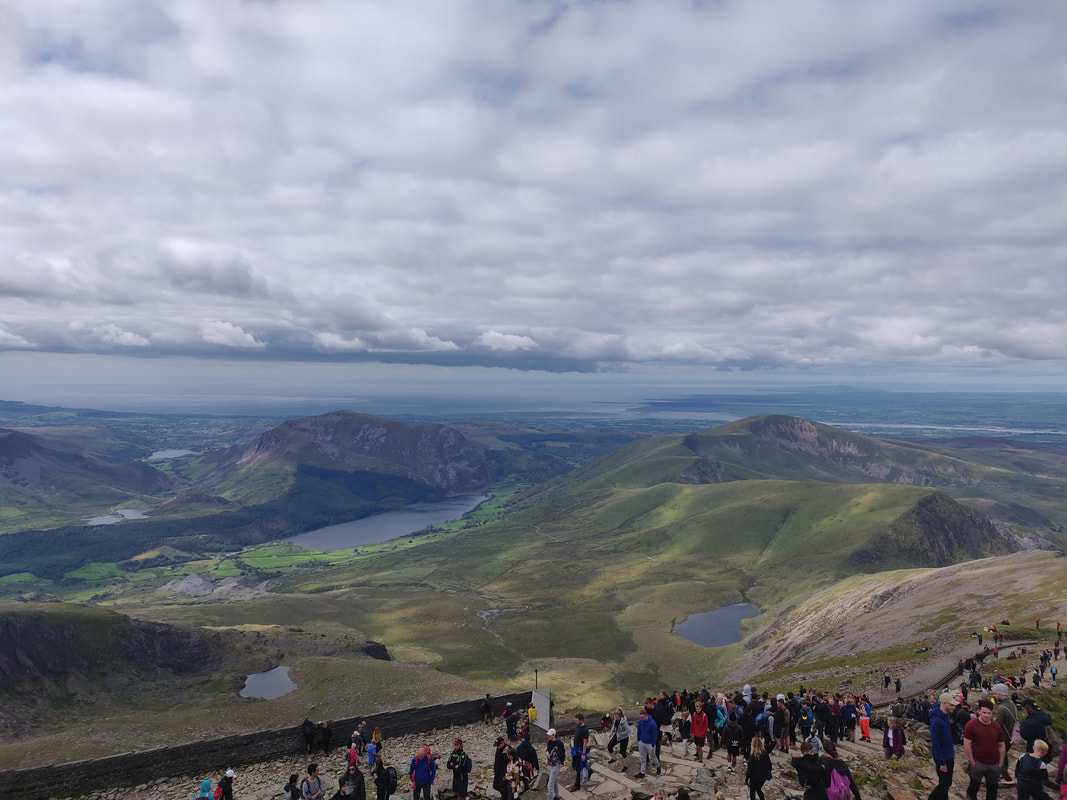
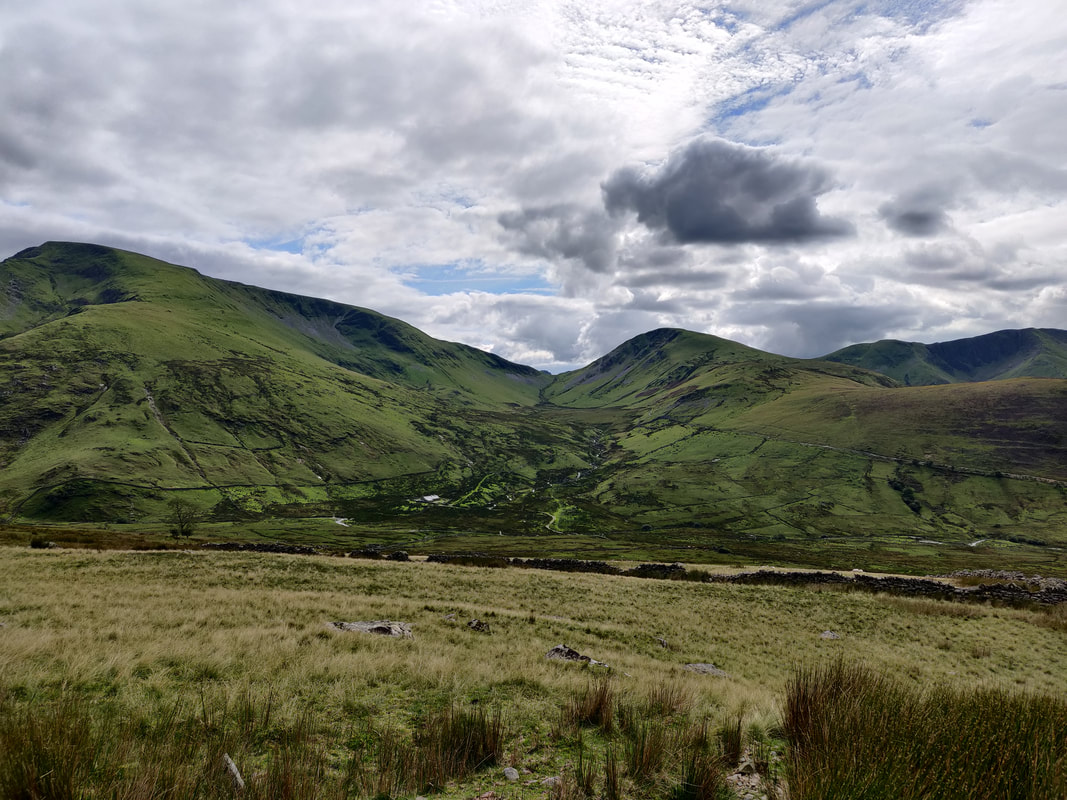
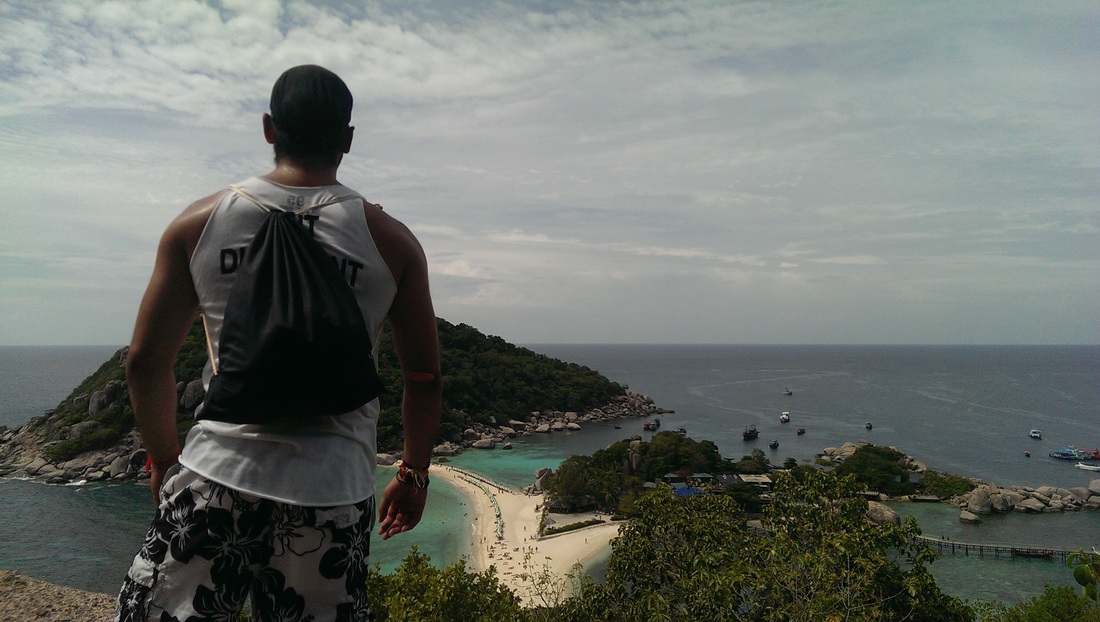
 RSS Feed
RSS Feed